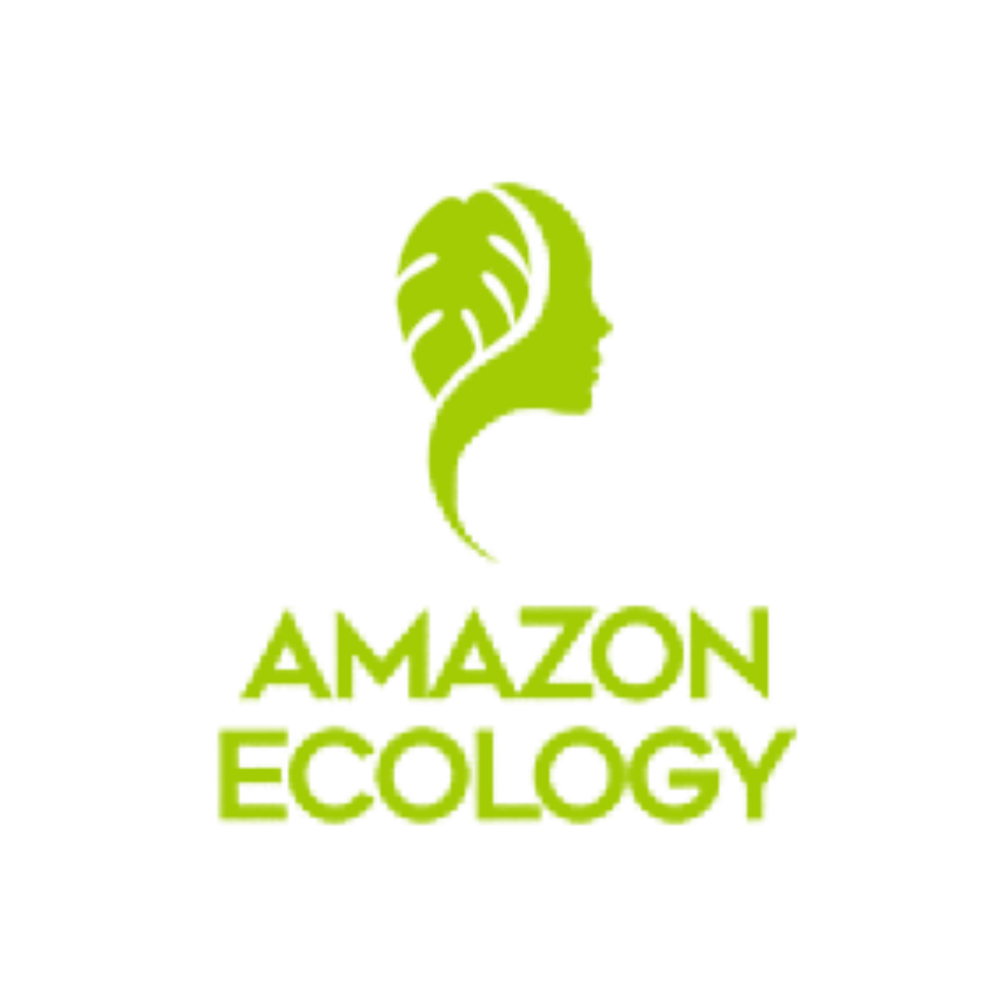After some days of getting right to work, I enjoyed having some time in Nueva Esperanza to do my morning exercises carefully watched by a little dog named Candy. I was unfortunately too exuberant with my shoulder stretches and an upward swing of my right arm broke off a piece of coiled red bulb hanging from a rafter. We of course pledged to replace it – wondering playfully if the owner of the house who was away was planning on using the colored light as the center-piece of a disco set-up after he finished expanding the floor space.
After breakfast I appreciated one unusual feature of the village – an expansive outhouse enclosed on three sides looking out to a vista of the river. Another asset of Nueva Esperanza was a grove of mango trees planted near the maloca (traditional house of the curaca sometimes used for festivals) when the village was founded about 18 years ago. The site was chosen because it was the only one in the area that was never flooded during the rainy season. It still has a greater than average quotient of mosquitos, but I would gladly spend time there when mango fruits ripen and fall from the trees for several months.
While waiting for someone to open up the meeting house, Elieser brought me into a storage room with their radio, battery and charge controller for their solar panel. I told him I had had a few solar panels at my house in the Tembé village in Brazil, so he asked me if I could figure out why their system wasn’t working. All of their connections looked firm so I could only suggest they get a voltmeter to measure the output of the battery. I had burned through several batteries before I learned to monitor their level and not pull out too much juice.

"Roba mujer" craft demonstration at Ocaina village of Nueva Esperanza. Photo by Campbell Plowden/CACE

Yully Rojas explaining designs for coin purse crafts to Ocaina artisans at Nueva Esperanza. Photo by Campbell Plowden/CACE

Nueva Esperanza artisan Mirtha Vasquez with chambira palm fiber bracelets. Photo by Campbell Plowden/CACE
The Ocaina community listened attentively to our presentation about our work in Brillo Nuevo, admired the Bora handiwork, and endorsed our proposal to work with them.
Their core group of six artisans displayed various bags and bracelets they had made with chambira palm fiber.
One man showed me a string full of an unfamiliar object that had a stiff ring attached to a tube of woven bonbonage cane. Asking me to put my finger in this end while he gripped the other, he then pulled me across the room with this one-sided Chinese handcuff. I didn’t imagine this “roba mujer” (woman stealer) would become a top seller for us, but we asked this fellow to make us a half-dozen of these with alternating strips of blond bonbonage and walnut shade bacaba fiber.
We had contemplated asking the women to make prototypes of cell-phone holders, but seeing their current wares, we opted to start with a simpler product – little chambira coin purses. I drew a few basic designs and color schemes on the chalk board, and Yully explained the details.
Each woman then volunteered to make a few pieces that matched her level of confidence. Yully will return next month to see how they have fared in their first venture with us.
The son of the curaca (traditional leader) came up to me after we had wrapped up things with the women and showed me a heavy pointed dark red carving of “palo sangre” wood. He said this was a small replica of a five-foot long “macana” (called a bijawoho in the Ocaina language) that his people used to fell trees in the pre-metal age. They would whack at the base of a tree until it could be bent over. They would then dig out earth and roots beneath the exposed base with the spear and stoke a fire there until the tree could be knocked over.

Drawing of traditional Ocaina macana (wooden ax) in Plowden field notebook. Photo by Campbell Plowden/CACE
I could easily envision the outline of the macana as a signature logo for these artisans. It was also obvious why native Amazonians would have immediately welcomed steel axes from any outsider.
I wrapped up our layover in Nueva Esperanza by interviewing a few village leaders and artisans. Carlos reminded me that the original homeland of the Ocaina (as well as the Bora and Huitoto) people was in Colombia. They had been slaves in plantations there and brought to Peru some 80 years ago by their former masters when a regional war threatened their operations. The first Ocaina in the Ampiyacu region were based around the village of Puerto Izango. This community has now virtually disintegrated leaving the young Nueva Esperanza as the only intact Ocaina settlement in the area. I hope our efforts can help them develop some new thread of economic development and strengthen their grasp on their culture.
As we carried our gear down to our boat, we passed by one man carefully untangling a fishing net with his daughter. He noticed my small camera and asked me the one question I have come to dread: “How much does one of those cost?” followed by “I might like you to bring me one of those.”
******************************
For more information about the Center for Amazon Community Ecology, please visit us on Facebook and our homepage at www.amazonecology.org.







